Get expert poetry-writing tips on how to write poetry for beginners and express your creativity in poetry by composing poems that inspire and empower.
Poetry, the ancient and timeless form of artistic expression, is a mesmerizing tapestry of language that weaves emotions, thoughts, and imagery into the fabric of our souls.
The art of writing poetry is a pursuit that has captivated the hearts and minds of poets for centuries, from the epic verses of Homer to the confessional stanzas of Sylvia Plath.
In this article, we delve into the art of writing poetry, exploring its essence, forms, and techniques, and celebrating the enduring power of words to transcend the mundane and evoke the extraordinary.
These poetry-writing tips are valuable for both novice and experienced poets, offering guidance on the creative art of writing in verse. Learn how to start writing poetry for beginners by composing poems that engage the senses, evoke emotions, and transcend the ordinary boundaries of language.
“Poetry is when an emotion has found its thought, and the thought has found words.” ~ Robert Frost
Contents
The Essence of Poetry
Poetry defies easy definition; it is a chameleon, assuming various forms, meters, and styles. Yet, it is always, fundamentally, the art of using language to create a harmonious fusion of sound, rhythm, and meaning.
Poetic language paints the ordinary with a brush of extraordinary, turning everyday moments into profound, heartfelt verses. At its core, poetry is the distillation of human experience into a condensed and heightened form of expression.
It’s a medium that transcends the limitations of everyday language and allows poets to communicate the inexpressible, evoke profound emotions, and spark the imagination. It is a sanctuary for truth, beauty, and the human soul.
Expressing emotions through poetry is an exploration of the ineffable, an invitation to dance with the mysteries of existence. Finding your poetic voice is a personal journey of self-discovery, a process of honing your unique style and perspective until your verses resonate with authenticity and depth.
7 Most Popular Poetic Forms
The world of poetry is a diverse one, with numerous forms and structures that cater to a wide range of artistic inclinations.
Poetic forms are the structured architecture of verse, offering poets a rich tapestry of styles and patterns to choose from, each with its own unique rules and constraints, fostering creative exploration within the boundaries of form.
Rhyme schemes, the poetic blueprints, guide words to their melodic destinations, from the familiar AABB of limericks to the intricate patterns of sonnets, shaping the music of verse.
Some of the most celebrated poetic forms include:
#1. Sonnet
Sonnet structure, a revered poetic form, often comprises 14 lines, with strict rhyme and meter schemes, creating a classic canvas for love and reflection.
Example: William Shakespeare’s Sonnet 18
Shall I compare thee to a summer’s day?
Thou art more lovely and more temperate:
Rough winds do shake the darling buds of May,
And summer’s lease hath all too short a date.
Sometime too hot the eye of heaven shines,
And often is his gold complexion dimmed;
And every fair from fair sometime declines,
By chance, or nature’s changing course, untrimmed;
But thy eternal summer shall not fade,
Nor lose possession of that fair thou ow’st;
Nor shall Death brag thou wanderest in his shade,
When in eternal lines to time thou grow’st:
So long as men can breathe or eyes can see,
So long lives this, and this gives life to thee.
#2. Haiku
Haiku writing, a traditional Japanese form, artfully wields 17 syllables following a 5-7-5 pattern to encapsulate the profound beauty of a fleeting moment in nature.
Example by Matsuo Basho:
An old silent pond…
A frog jumps into the pond—
Splash! Silence again.
#3. Free Verse
Free verse poetry is a canvas of boundless expression, unburdened by the constraints of rhyme and meter, granting poets the freedom to paint their emotions with unrestrained words.
Example: Walt Whitman’s “Song of Myself” (from “Leaves of Grass”)
I celebrate myself, and sing myself,
And what I assume you shall assume,
For every atom belonging to me as good belongs to you.
#4. Epic
Epics are timeless narrative poems like “The Iliad” and “The Odyssey,” which unfurl heroic sagas, transporting readers to realms of legendary adventures.
Example: Homer’s “The Iliad” (An extensive work, but here’s a brief excerpt)
Sing, O goddess, the anger of Peleus’ son Achilles, that caused the Greeks untold pain and led many valiant souls of heroes to Hades, leaving their bodies as spoil for the birds of the air and the beasts of the field.
#5. Limerick
Limericks, beloved for their brevity, humor, and whimsy, embrace a unique five-line AABBA rhyme scheme, eliciting laughter and delight in just a few lines.
Example:
There once was a man from Peru,
Who dreamt he was eating his shoe.
He awoke with a fright,
In the middle of the night,
And found that his dream had come true!
#6. Ode
Ode writing is the lyrical celebration of a specific subject, often imbued with exalted and reverent tones, expressing profound admiration and contemplation.
Example: John Keats’ “Ode to a Nightingale” (An excerpt)
Thou wast not born for death, immortal Bird!
No hungry generations tramp thee down;
The voice I hear this passing night was heard
In ancient days by emperor and clown.
#7. Sestina
A complex form that involves a pattern of repeating end words, challenging the poet’s ingenuity. A complete sestina consists of six 6-line stanzas followed by a 3-line envoi with a pattern of word-endings that repeats.
Example: John Ashbery’s “Farm Implements and Rutabagas in a Landscape”
My first friend has power in the Senate,
And that is where you will be working soon.
If you write to ask which way to proceed,
And perhaps pick up his detached watch fob.
You will grieve for him when you forget him.
Your farmers will remain ‘neath the gathering storm.
These poetic forms represent only a fraction of the poetic possibilities, as poets continue to invent and redefine what is possible within the realm of verse.
8 Poetic Devices to Master Your Craft
The art of writing poetry is a delicate dance between the intellectual and the emotional, the structured and the spontaneous. A well-stocked poet’s toolkit includes a variety of poetic devices that the poet skillfully deploys to craft vivid and impactful verses.
Poetic devices are the enchanting spells in a poet’s arsenal, conjuring the magic of language to cast a mesmerizing spell of beauty and meaning upon their verses. Here are some key poetry techniques that you can employ to craft your verses:
#1. Imagery
Imagery in poetry is the vivid palette that transforms words into mental canvases, allowing readers to see, hear, smell, taste, and touch the world within verses.
Through their carefully chosen words, readers are transported to realms where they can not only see but also hear and feel the profound scenes and emotions unfurled within the verses.
Example:
“The stars danced in the night sky, winking at the moon as if sharing a secret.”
#2. Metaphor and Simile
Metaphors and similes in poetry are like the brushstrokes of a painter, creating connections between the known and the unknown, bringing vivid, nuanced comparisons to life within verses.
They encourage a deeper comprehension, painting the subject in hues of familiarity and novelty, enriching the reader’s understanding and perspective.
Metaphor:
“His heart was a wounded bird, struggling to find the strength to fly again.”
Simile:
“She was as brave as a lion, facing the challenges of life with unwavering courage.”
#3. Symbolism
The utilization of symbols within poetry imbues it with profound layers of meaning, beckoning readers to embark on an exploratory journey into the very heart of the poem.
These symbols are enigmatic keys that unlock hidden chambers of significance, encouraging readers to delve into the intricate tapestry of the poem’s context.
For example, in the classic poem “The Road Not Taken” by Robert Frost, the two roads symbolize choices and the diverging paths one takes.
The poem speaks to the significance of choices and their impact on one’s journey, with the road “less traveled by” representing a choice that makes a profound difference.
Example:
Two roads diverged in a wood, and I—
I took the one less traveled by,
And that has made all the difference.
#4. Rhythm and Meter
In poetry, the careful placement of syllables and stresses bestows upon each line a distinct musicality, akin to a carefully orchestrated symphony.
Poetic rhythm and meter are the heartbeats of verse, orchestrating the delicate balance between syllables and stresses, ensuring the musical pulse that flows through poetry’s veins.
Various meters, such as the timeless iambic pentameter or the dynamic trochaic tetrameter, serve as the conductors of distinct rhythms, shaping the very heartbeat of the poem.
Iambic Pentameter (Shakespearean sonnet):
“Shall I compare thee to a summer’s day?”
Trochaic Tetrameter:
“By the shores of Gitche Gumee,
By the shining Big-Sea-Water.”
#5. Rhyme and Alliteration
In verse and rhyme, the resonance of words holds great significance. Rhymes and alliteration are the melodic tools that enhance the symphony of verse, etching it in the reader’s memory.
This sonic tapestry not only captivates but also endears, breathing life into the words and making them more compelling and unforgettable.
Rhyme:
“I wandered lonely as a cloud
That floats on high o’er vales and hills…”
Alliteration:
“Silently, softly, the snowflakes fell, settling in a serene, shimmering sea.”
#6. Line Breaks
A poet’s choice of line breaks is a strategic art that wields immense influence over a poem’s meaning and resonance. These breaks dictate the rhythm, tempo, and emotional cadence, sculpting the reader’s journey.
They are the silent conductors orchestrating the symphony of the reader’s experience, and in their hands, a poem finds its unique voice and power.
“The Prophet” by Kahlil Gibran is a beautiful example of the strategic use of line breaks. Here’s an excerpt from the poem “On Love”:
“Love gives naught but itself and takes naught but from itself.
Love possesses not nor would it be possessed;
For love is sufficient unto love.”
#7. Conciseness
Poetry’s brevity is its strength, a realm where each word becomes a gem, carrying a world of significance. Economical language, akin to a masterful painter’s brush strokes, magnifies the poem’s potency.
In the world of verse, it’s the power of precision, where even the slightest nuance reverberates with profound impact.
Example:
“Time is a thief, stealing moments like precious gems.”
#8. Voice
Within the vast tapestry of poetry, the poet’s individuality emerges as a beacon, casting a unique light upon each verse.
Through their distinct voice, style, and perspective, poets breathe life into their creations, bestowing upon each poem an unmistakable personality. It is in this diversity that the true magic of poetry unfurls.
For example, in this excerpt from Edgar Allan Poe’s “The Raven,” the poet’s voice is characterized by a sense of melancholy and unease.
The repetitive and mournful rhythm, the choice of words, and the eerie atmosphere all contribute to the voice of a narrator who is haunted by grief and dread.
The poem’s voice conveys a sense of impending doom and deep emotional turmoil, making it a haunting and memorable piece of poetry.
Once upon a midnight dreary, while I pondered, weak and weary,
Over many a quaint and curious volume of forgotten lore—
While I nodded, nearly napping, suddenly there came a tapping,
As of some one gently rapping, rapping at my chamber door.
“’Tis some visitor,” I muttered, “tapping at my chamber door—
Only this and nothing more.”
These poetry techniques are the painter’s palette, a diverse array of tools and methods that poets employ to breathe life into their poetic verses, from creating vivid imagery to sculpting rhythmic cadences and crafting intricate metaphors.
Learn How to Write Poetry with Poetry MasterClasses
Famous poets’ techniques are the treasure troves of the craft, the insightful strategies and innovative methods that have shaped and defined the world of poetry for generations.
These poetry MasterClasses are a hallowed space where aspiring wordsmiths can immerse themselves in the art of verse, learning from the wisdom and experience of accomplished poets to refine their craft and unleash their creative potential.”
#1. Amanda Gorman Teaches Writing & Performing Poetry
Spoken word poetry is the living, breathing essence of verse, where poets, like modern-day bards, recite their crafted emotions, stories, and truths, captivating listeners with the raw power of spoken language.
Prepare to embark on an extraordinary journey into the world of words, guided by none other than the remarkable Amanda Gorman, the youngest inaugural poet in U.S. history, as she infuses your words with transformative energy and purpose.
Gorman’s transformative impact on poetry as a unifying force and a catalyst for social justice is nothing short of legendary. In her Poetry MasterClass, she shares the secrets to harnessing the profound power of poetry, transforming you into a more empathetic and thoughtful individual.
In this exceptional learning experience, the award-winning Youth Poet Laureate, Amanda Gorman, takes your hand and leads you to discover the deeply personal essence of her poetic craft.
She unveils the art of finding your unique poetic purpose, navigating the turbulent seas of revisions, and honing your work for a captivating performance. Through her teachings, you’ll witness poetry’s transcendent power – how it can unlock minds, provoke thought, and ignite change in the world.
Click here to preview Amanda Gorman’s Poetry MasterClass
#2. Joy Harjo MasterClass on Poetic Thinking
Step into the profound realm of poetic artistry with Joy Harjo, the trailblazing 23rd U.S. Poet Laureate, and a luminary who carries the stories of her Native American heritage.
As the first Native American U.S. Poet Laureate, Joy Harjo’s poetry delves deep into the tapestry of personal encounters, ancestral legacies, and the pulse of social change.
Now, she extends her wisdom in her MasterClass on Poetic Thinking, illuminating the path to helping you find your own unique voice and craft poetry that resonates with the profound rhythm of life.
In Joy Harjo’s Poetry MasterClass, you’ll explore the heartbeat of poetry, uncover the labyrinth of revisions, and unearth the innate wellspring of creativity within you as words become vessels for emotions and experiences, transcending mere language.
Every word you put to paper becomes a brushstroke on the canvas of existence, a testament to your unique perspective. With Joy Harjo as your guide, your art will bear the weight of a thousand worlds, and your stories will echo through the ages.
Click here to preview Joy Harjo’s Poetry MasterClass
#3. Billy Collins MasterClass on Creative Poetry Writing
Join acclaimed poet and former U.S. Poet Laureate Billy Collins in his inaugural online course, where he delves into the art of discovering joy, humor, and humanity in poetry.
Renowned for his insightful and witty approach, Billy Collins’ MasterClass guides you through the nuances of reading and writing poetry, helping you uncover its emotional depth.
Explore his methods for dissecting subjects, infusing humor, and cultivating your unique voice. Through his guidance, learn to perceive the extraordinary within the ordinary, allowing poetry to guide you toward unforeseen revelations.
Click here to preview this poetry writing MasterClass
How to Use an AI Poetry Writer to Write a Poem
A poem writer AI tool can help overcome writer’s block when writing a poem by providing a wealth of creative prompts and suggestions, sparking inspiration, and guiding poets through the creative process.
Sudowrite’s powerful AI poetry writing tools are very useful for overcoming writer’s block in poetry. This highly recommended poem writer AI assistant is perfect for poets and writers who are stuck for inspiration and need to compose a poem on a deadline.
Users can input a topic into this AI poem-writing tool, and if desired, a title and a few lines to initiate the creative process. The Sudowrite AI poetry writer can craft a beautiful poem that leaves everyone in awe of its ability to generate creative and meaningful verses.
The Timeless Reverberation & Universality of Poetry
Poetry is not merely a decorative art form; it has the potential to move, provoke, and inspire. It can heal wounds, express deep-seated emotions, and provoke introspection. Poetry can be a rallying cry for social change or a whisper in the stillness of the night, inviting us to contemplate the mysteries of life.
For example, slam poetry is the electrifying stage where words become warriors, as poets engage in passionate verbal combat, wielding verse to convey powerful narratives, provoke thought, and stir emotions.
The enduring power of poetry lies in its ability to transcend time and space, connecting individuals across cultures and generations. It’s a bridge that spans the gaps between different languages and experiences, allowing us to glimpse the universal aspects of the human condition.
In a world often dominated by the pragmatic, poetry serves as a reminder of the ethereal, the elusive, and the enchanting. It encourages us to pay attention to the beauty that surrounds us and the stories that define us.
Poetry inspiration is the elusive muse that dances on the periphery of consciousness, waiting to be captured in a moment of awe, a whisper of nature, or the depths of human emotion, igniting the creative flame within poets’ hearts.
Through poetry, we find solace, inspiration, and a celebration of the intricate tapestry of human existence. The art of writing poetry is an exploration of the human spirit, a testament to the enduring power of words, and an invitation to embrace the mysteries and wonders of life.
Whether you’re a seasoned poet or someone who has yet to pick up the pen, the world of poetry beckons you to express your deepest thoughts, find your unique voice, and share your truths with the world.
For, as the poet Robert Frost once said, “Poetry is when an emotion has found its thought, and the thought has found words.”
Creative Poetry Writing Tips
- Best AI story generator & AI poem generator tools
- Poetry Primer: Survey of poetic writing styles & projects
- How to write dreamy, heartfelt, imaginative poetry
- Learning to write Haiku poetry
- Creative writing: How to write poetry
- Become a poet: Mastering the art of writing poetry
- Writing poetry for beginners: How to write winning poetry
- How to combat depression through poetry writing
- 45 literary journals accepting poetry submissions
- How to start writing a book for beginners
- Best book writing software for beginners
- How to learn creative writing skills and be a better writer
- How to learn lucid dreaming for creativity & personal growth
- 10 emotional self-care tips for writers & creatives
© 2023 – 2024, Priya Florence Shah. All rights reserved.
Priya Florence Shah is a bestselling author and an award-winning blogger. Check out Devi2Diva, her book on emotional self-care for women. In her spare time, Priya writes science-fiction novels and poetry and chills with her two-legged and four-legged kids.
Discover more from Business & Branding Tips
Subscribe to get the latest posts sent to your email.
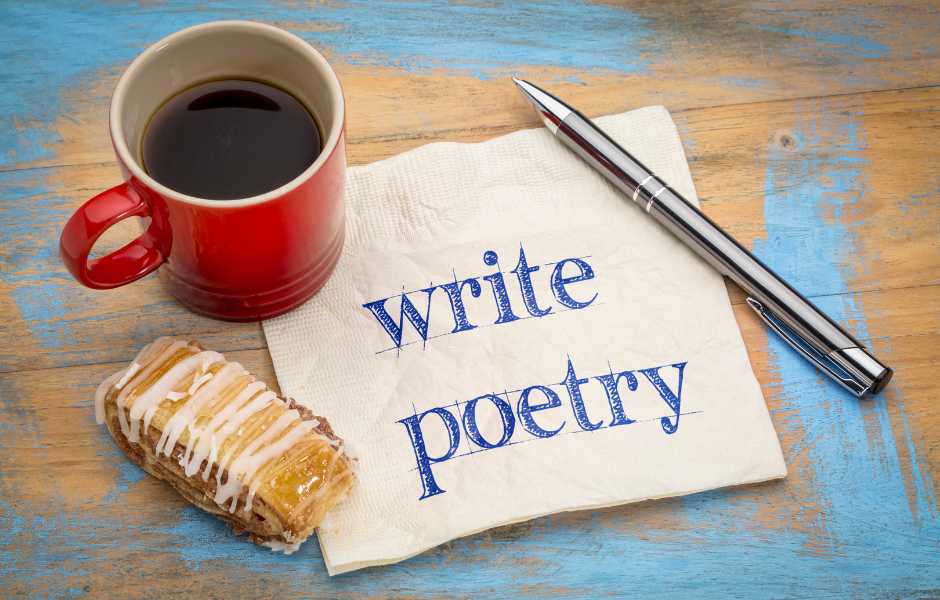

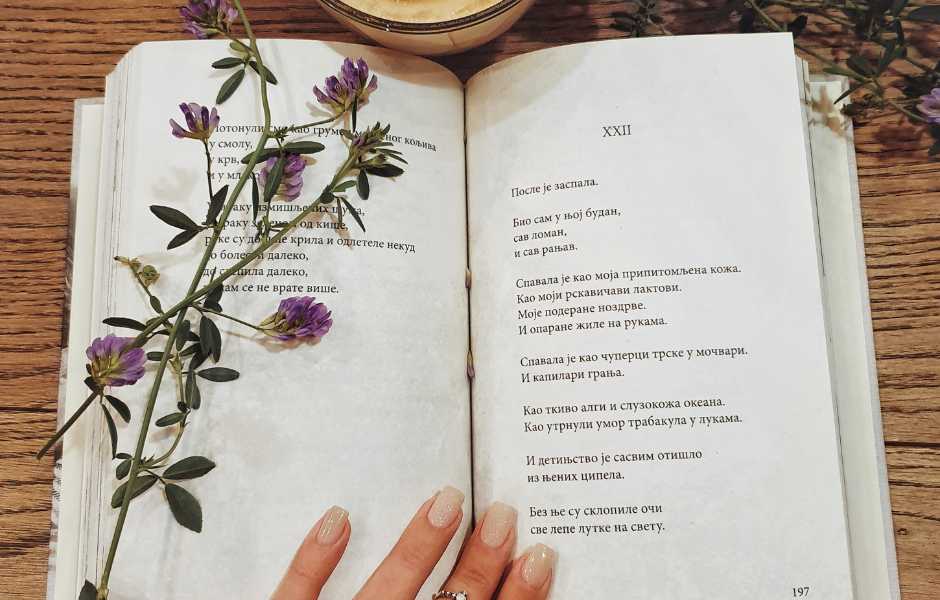
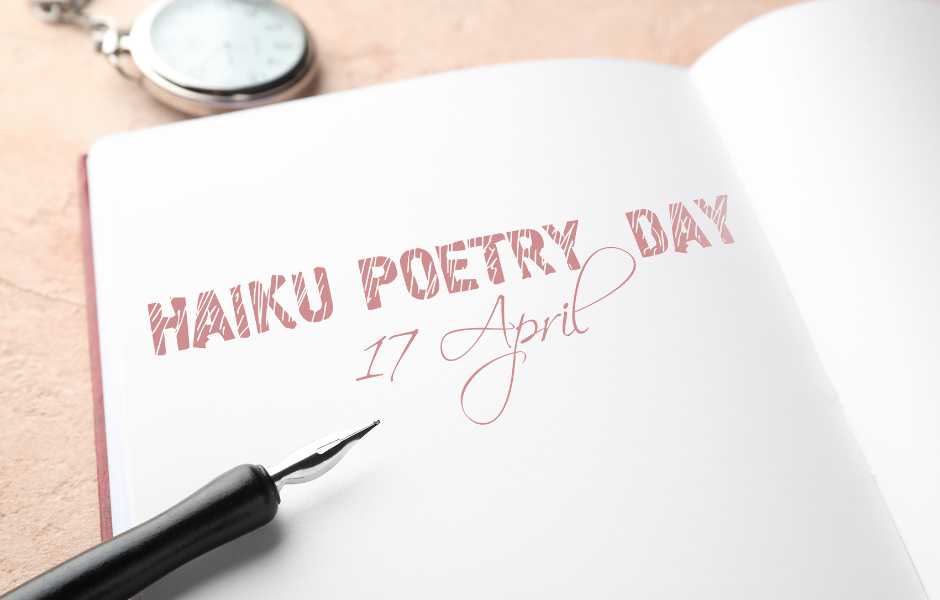

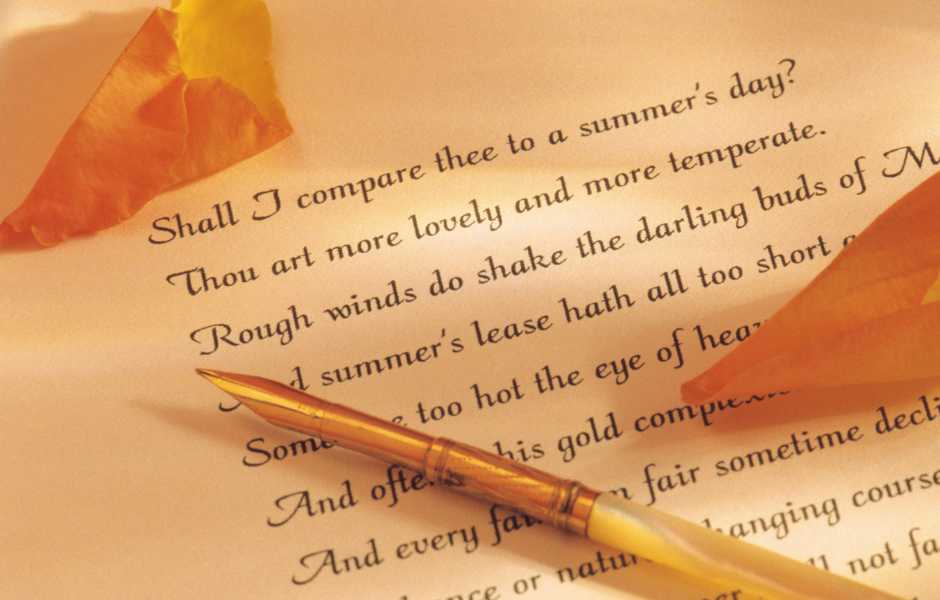
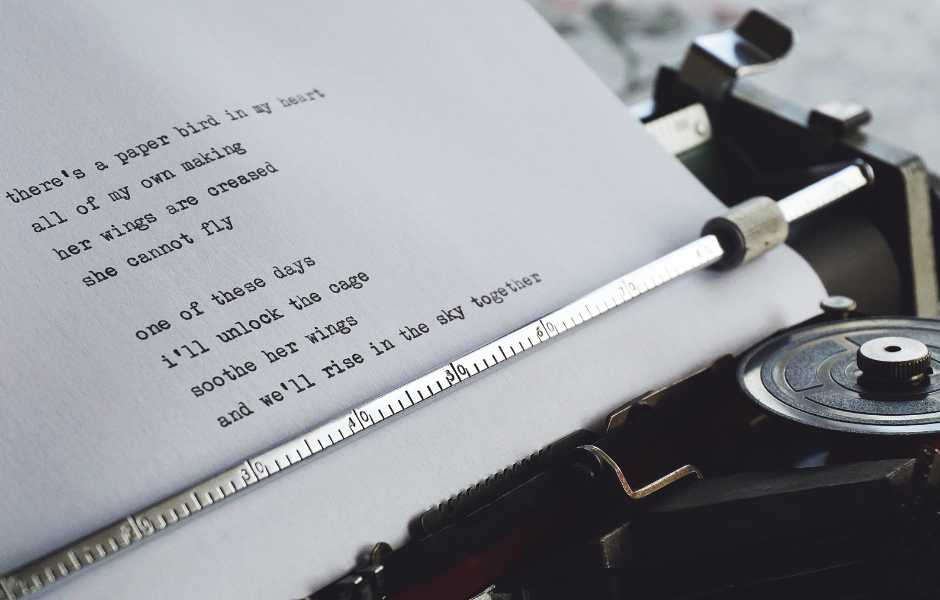

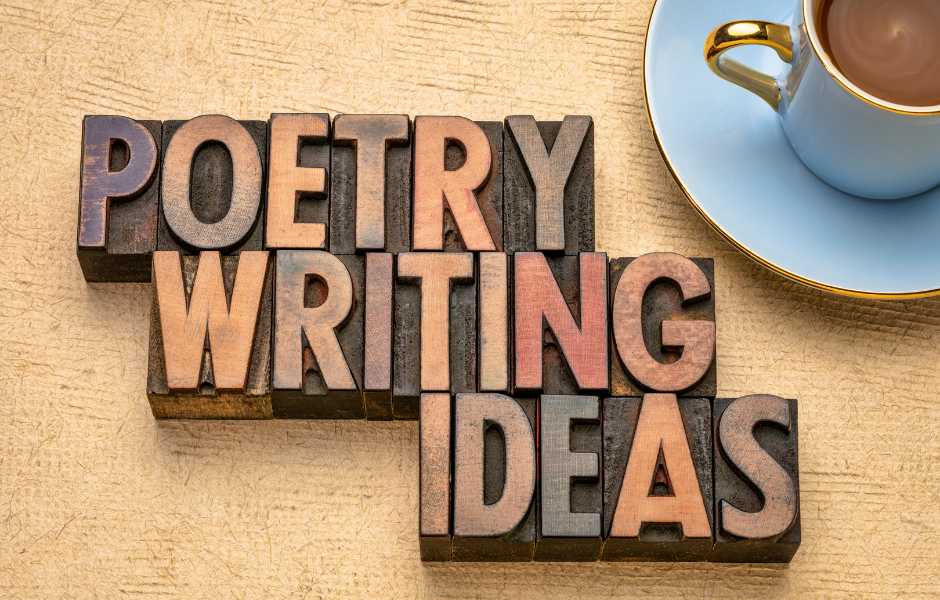
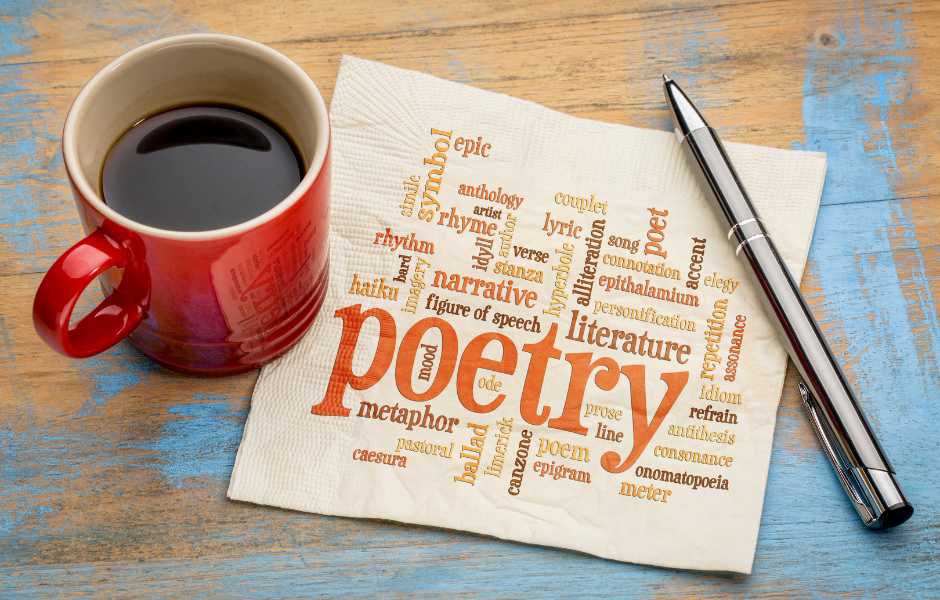
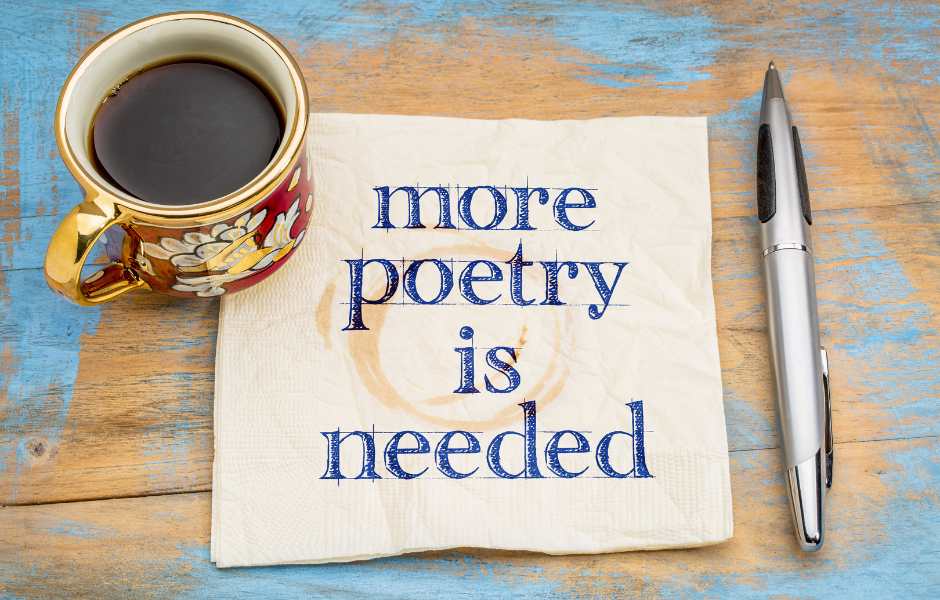

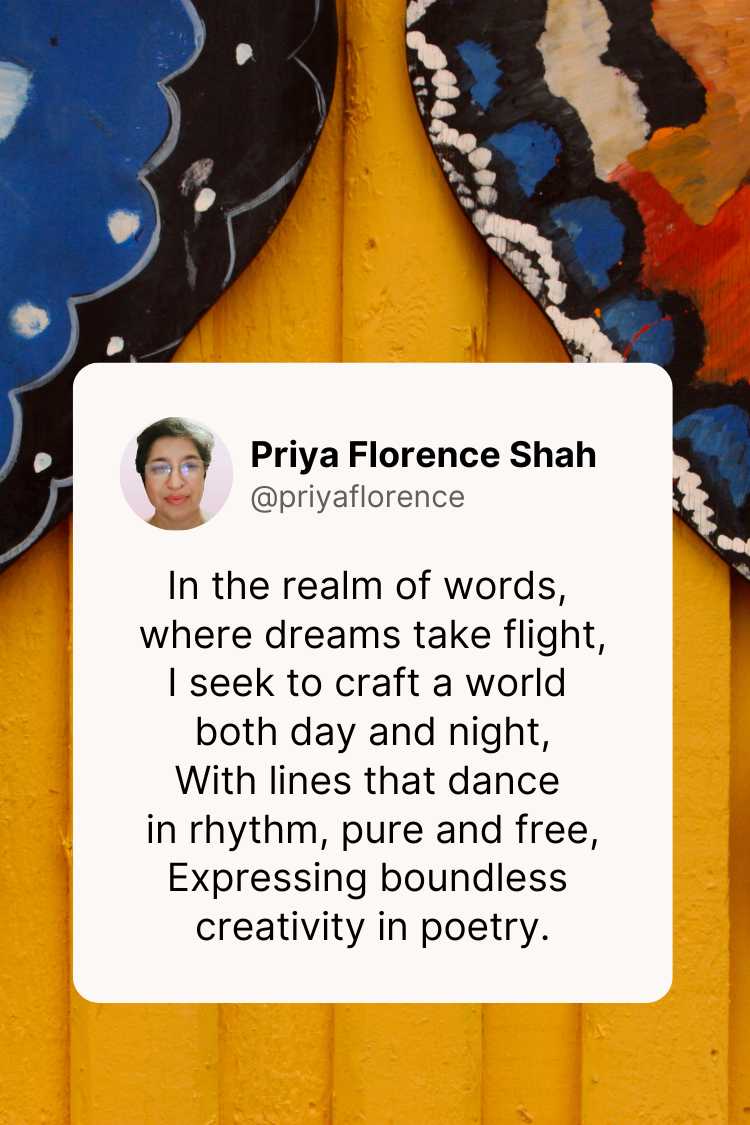
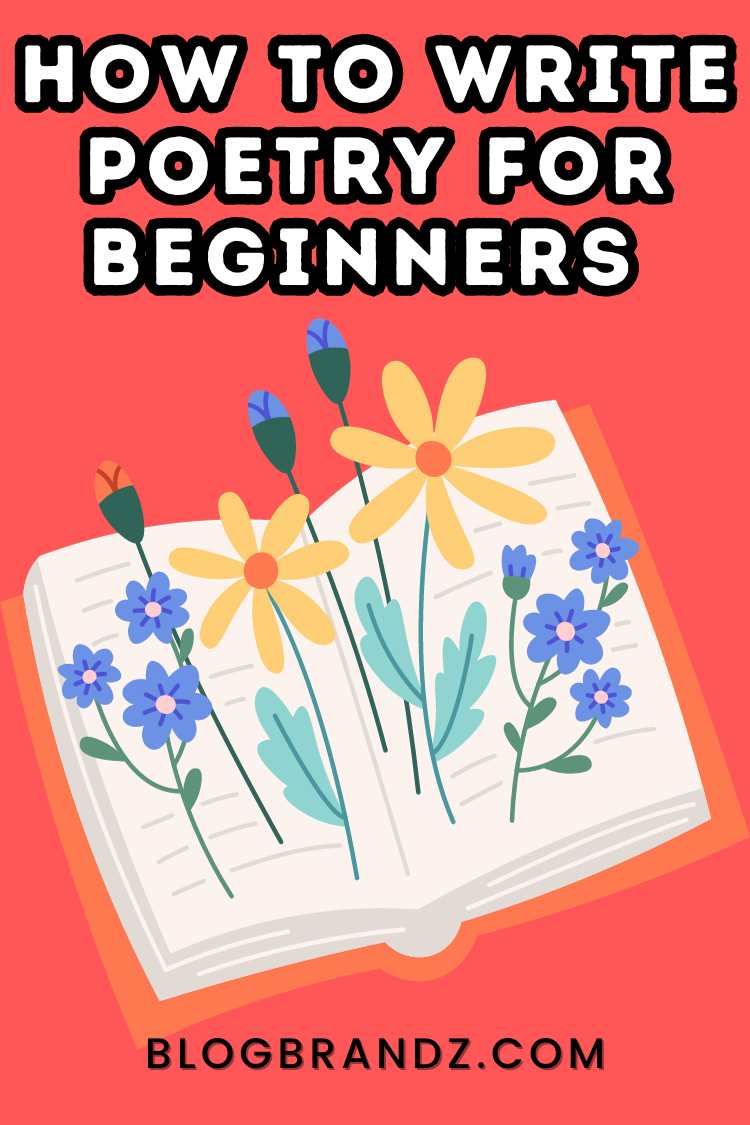
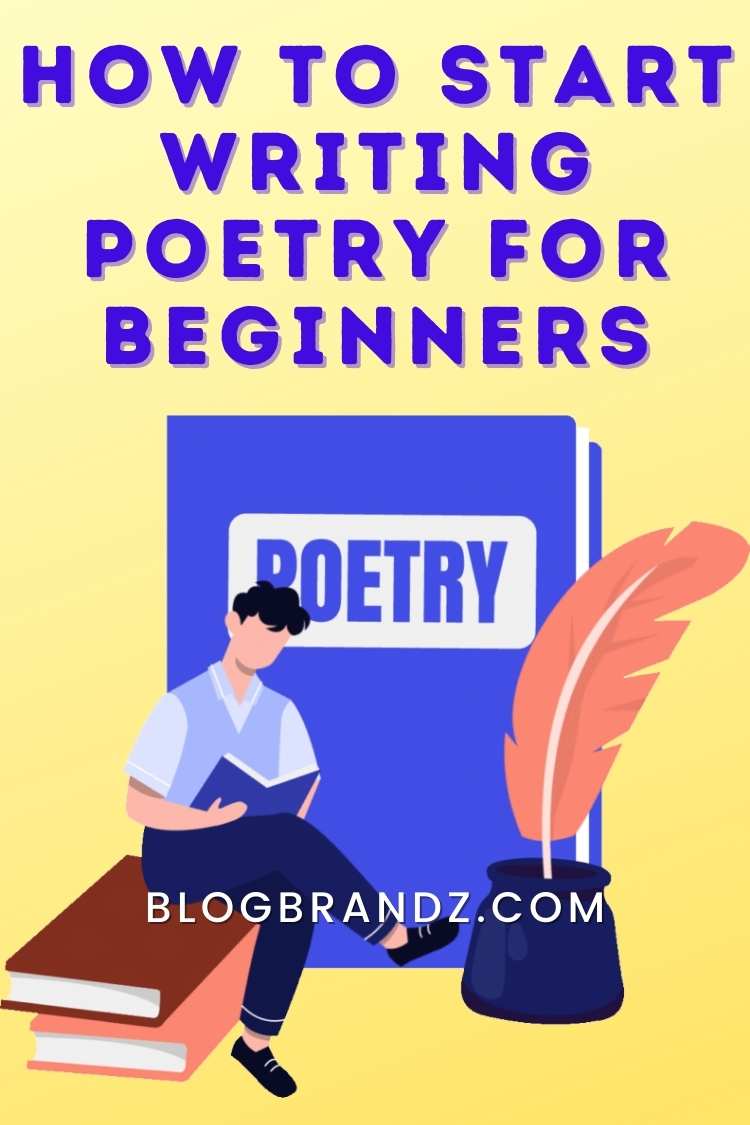

Great!